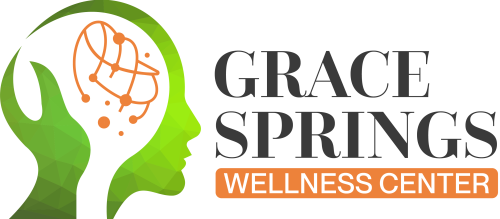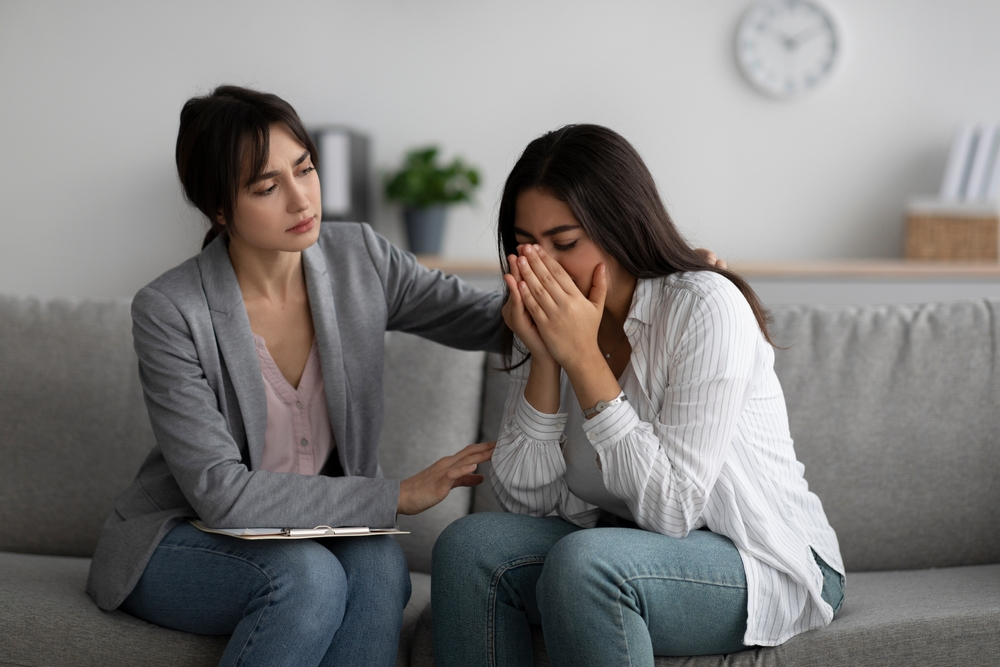Group Therapy
Quality care from quality experts.
Lorem ipsum dolor sit amet, consectetur adipiscing elit. Ut elit tellus, luctus nec ullamcorper mattis, pulvinar dapibus leo.
Post-Traumatic Stress Disorder (PTDS)
Post-Traumatic Stress Disorder (PTDS)
1. Introduction to Ptsd
. Definition: A psychiatric disorder that can occur in people who have experienced or witnessed a traumatic event such as a natural disaster, a serious accident, a terrorist act, war/combat, rape, or other violent personal assault.
. Importance of recognizing PTSD: Early identification and intervention can significantly improve outcomes.
Symptoms of PTSD
. Intrusive memories: Recurrent, unwanted distressing memories of the traumatic event; flashbacks; nightmares.
. Avoidance: Trying to avoid thinking or talking about the traumatic event; avoiding places, activities, or people that remind you of the traumatic event.
. Negative changes in thinking and mood: Negative feelings about oneself or others; inability to experience positive emotions; feeling detached from others; lack of interest in activities you once enjoyed.
. Changes in physical and emotional reactions: Being easily startled or frightened; always being on guard for danger; self-destructive behavior; trouble sleeping or concentrating; irritability, angry outbursts, or aggressive behavior.
Causes of PTSD
. Direct exposure to trauma as a victim or a witness.
. Learning that a traumatic event occurred to a close family member or close friend.
. Indirect exposure to aversive details of the trauma, often through professional duties (e.g., first responders, police officers).
Treatment for PTSD
. Psychotherapy:
. Cognitive Behavioral Therapy (CBT): Including specific types like Cognitive Processing Therapy (CPT) and Prolonged Exposure (PE).
. Eye Movement Desensitization and Reprocessing (EMDR).
. Group therapy: Offers a way to connect with others going through similar experiences.
Medications:
. Psychotherapy:
. Cognitive Behavioral Therapy (CBT): Including specific types like Cognitive Processing Therapy (CPT) and Prolonged Exposure (PE).
. Eye Movement Desensitization and Reprocessing (EMDR).
. Group therapy: Offers a way to connect with others going through similar experiences.
Lifestyle and Home Remedies:
. Regular physical activity, maintaining a healthy diet, getting enough sleep, and practicing mindfulness or relaxation techniques can support the recovery process.
Supportive Services:
. Peer support groups, community services, and family support play a crucial role in recovery.

